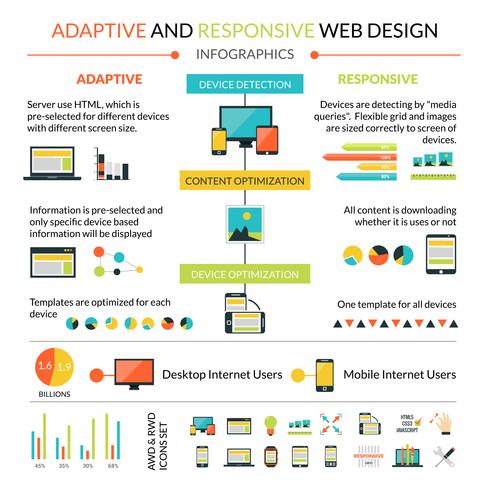Fundamental Elements Of Website Design: Standards For Creating A User-Centric Site
Fundamental Elements Of Website Design: Standards For Creating A User-Centric Site
Blog Article
Posted By-Wiley Daugaard
When it concerns internet site style, making certain user-friendliness is key. From responsive style to structured navigation, every component plays a vital duty in creating a site that deals with your audience's demands. Yet what about the finer details that can make or damage an individual's surfing experience? Stay tuned as we reveal some often-overlooked ideas that can raise your website's usability to the following degree, making it really stand apart in the electronic landscape.
Value of Responsive Design
Receptive style is a vital element of modern web site growth. Guaranteeing your site is responsive means that it can adapt to different display sizes and devices, providing a seamless experience for customers.
With the increasing use of mobile phones and tablets to access the internet, having a responsive design is essential for reaching a wider target market. It helps in enhancing customer experience by making your web site simple to navigate and continue reading any type of gadget.
In addition, receptive layout can positively impact your internet search engine positions, as internet search engine like Google focus on mobile-friendly internet sites. By having a responsive design, you're likewise future-proofing your website, as new tools with varying screen sizes continue to emerge.
Simplify Navigation Framework
To improve individual experience and assist in very easy access to details on your site, simplifying the navigating framework is vital. When creating your website, concentrate on creating a clear and instinctive navigating menu that aids visitors find what they're searching for quickly.
Limit best service industry website of menu products to the fundamentals, organizing related pages together to prevent frustrating users. Usage descriptive labels that clearly indicate the material of each web page, making it easier for users to understand where each web link will certainly take them.
Take into consideration applying dropdown food selections for subcategories to stop littering the main navigating bar. In addition, include a search bar plainly on the page for users who choose looking for details information.
Prioritize mobile responsiveness in your navigation design to make sure very easy access on all tools.
Optimize Web Page Load Rate
Improving web page tons rate is essential for maintaining visitors on your site. Slow-loading pages irritate individuals and can lead to high bounce rates. To enhance https://typesofemailmarketing49494.blog4youth.com/31726617/reinforce-your-brand-name-the-impact-of-specialist-site-development-on-organization-expansion , start by maximizing photos. Compress images without compromising top quality to reduce their data sizes.
Furthermore, make creative web for browser caching to store regularly accessed sources locally, speeding up lots times for returning visitors. Minify CSS, JavaScript, and HTML data by removing unnecessary personalities, remarks, and format, enhancing lots rate.
Think about utilizing a material distribution network (CDN) to disperse your web site's content throughout several web servers worldwide, reducing latency for customers accessing your website from different places. Lastly, limit using third-party scripts and plugins, as they can significantly influence lots times.
Final thought
To conclude, by including responsive layout, simplifying navigating, and enhancing web page lots rate, you can create an easy to use website that appeals to a larger audience and boosts individual experience. These essential elements ensure that site visitors can conveniently accessibility and navigate your website throughout various devices, resulting in raised interaction and fulfillment. By concentrating on these essential facets, you can construct an effective website that maintains users returning for more.
